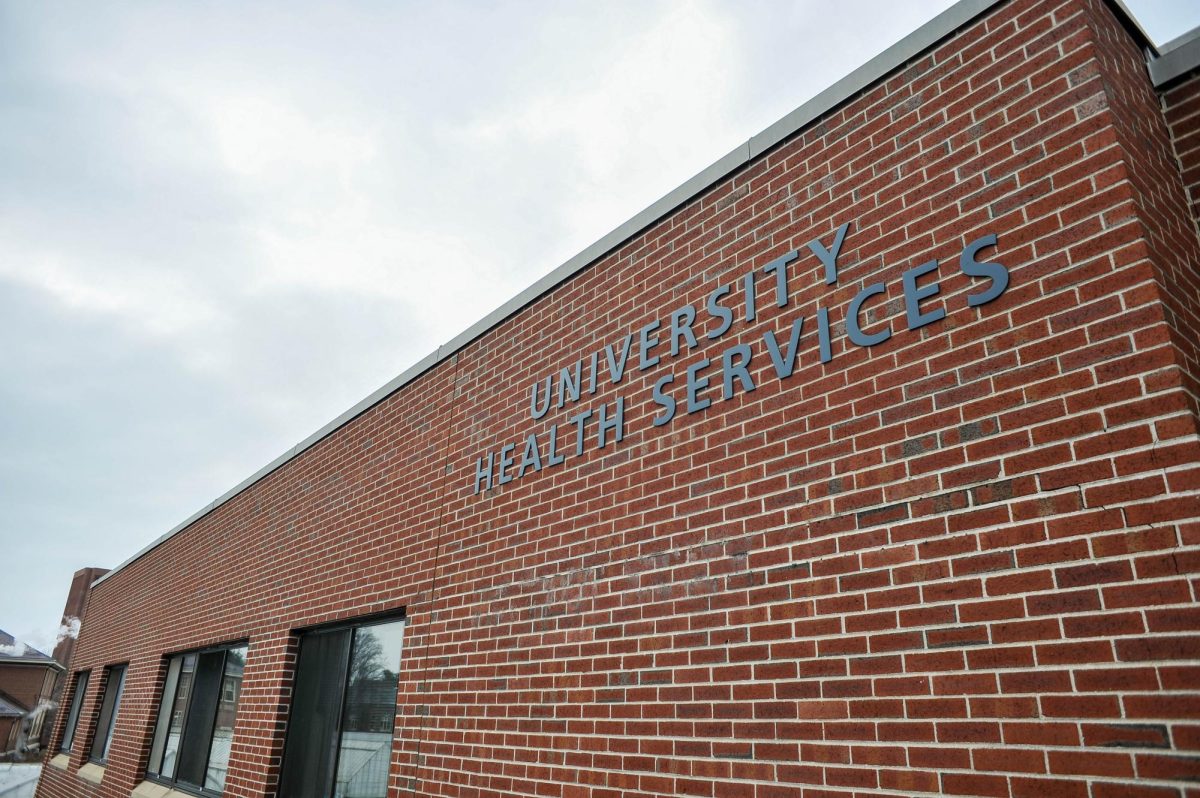
It’s around the time of year when I start buying textbooks. One thing I’ve learned from college is that you should never buy the textbooks in the course description until the class has already started, in case the professors say they’re not really necessary or that they can be substituted with something else. In general, the second week of class is when most of my textbook shopping occurs, and it’s a perennial hassle to University of Massachusetts students who navigate the web of pricing, availability and shipping.
Even once we’ve purchased the books, the process to use the activation code to set up the online homework system is often difficult to navigate and frankly unreliable. The sites often depend on overly-complicated user interfaces and require outdated technologies like Adobe Flash. I recall seeing a few online homework websites that imposed character limits on users’ passwords, a pretty dead giveaway that those sites are saving passwords insecurely and thereby compromising students’ online security. When the online homework sites finally work, they’re often buggy to the point of being unusable. If I pay $35 for access to a website, I’d prefer that I spend more time on the educational content than on figuring out the website itself.
Why do we still do this? There doesn’t seem to be much of a reason for using proprietary textbooks and homework systems for our education. This is mainly a relic of the fact that a few publishers maintain nearly complete control of the textbook market. This is also a reason why textbooks are so unrealistically expensive. The textbook companies have made it a de facto practice to require textbooks at exorbitant prices, and because of the limited competition in this market, they have little to no incentive to improve their products.
Think about it. How much has the study of calculus changed since it was discovered four centuries ago? At a beginner’s level, probably not very much. In that case, there isn’t a good reason why professors have to mandate the latest edition of Pearson or McGraw-Hill’s calculus textbooks, when an open-source alternative could get the job done just as well, if not better. I’ve been on both sides of this argument. As a student, I’ve often been frustrated by the ridiculous price-to-quality ratio of textbooks and online homework systems. As a teaching assistant for an introductory genetics class, I’ve also come to realize that it’s simply not necessary to mandate proprietary textbooks if there are open-access alternatives.
One company that’s making this more accessible is OpenStax, which provides free, open-access, peer-reviewed textbooks for many of the subjects that students take in their first two years of college. We used this in the genetics class I was a TA for. However, we were not fully satisfied with the content in the textbook, and supplemented it with material from peer-reviewed journals provided by UMass’ institutional access. If a professor is sufficiently invested in their students’ learning, then it isn’t necessary to adhere to a single proprietary textbook when the same information is available for free. The information isn’t any worse, either. In fact, having the peer review of the entire field will likely make open-access materials even higher quality.
Information wants to be free. There is no good reason why introductory classes should require such ridiculous prices for their books. Even for online homework systems, there are freely available alternatives such as WeBWorK and the ubiquitous Khan Academy. As a caveat, these systems aren’t perfect. However, if academic communities directed their energy toward cultivating open-access resources for the common good, it would greatly benefit those who are troubled by the financial burden of current book pricing.
Even in fields with strong ties to proprietary educational tools, there are usually freely available alternatives. Matlab, a software and programming language used heavily in engineering fields, can be replaced with GNU Octave without much hassle at the beginner level. Wolfram Mathematica, which is also provided to UMass students via institutional access, can also be substituted for SageMath or Python. At the beginner level, which is what most courses teach, there is no need to focus on advanced features. Most of the widely-used beginner features of all these products can function just as well in their open-source counterparts.
Now, as a concession, it is worth noting that this cannot be applied for every single subject. When taking upper-level courses in specific fields, it’s often necessary to buy a textbook by a specific author, or to use a specific type of proprietary software. In these cases, it’s unavoidable to require students buy textbooks. However, at least for the first two years of college, and for most general education courses, a sufficiently invested instructor would be able to structure a curriculum based around materials that anyone could access.
It’s not like these materials are lacking, either. In the current age of abundant information, the Internet contains resources for learning about virtually any topic. OpenCurriculum provides open-access curricula for K-12 students. Even at the university level, there are abundant resources in virtually every subject. If instructors are willing to switch to these types of curricula, they can alleviate the financial burden on students, a burden which may be preventing students from fully engaging with the material. Moreover, increased interest and investment in open-access material would make it easier for self-learners to study these topics, even outside a classroom or university setting.
We already live in a time when student debt takes up $1.3 trillion in a market where consumer debt has reached its highest ever point. Students don’t need extra burdens on top of their existing tuition, housing and living expenses. Instructors should attempt to restructure their courses to require the purchase of as few educational materials as possible. Sometimes it’s unavoidable, but much of the time, there’s clear room for improvement.
Right now, the switch to open-access educational materials would help remove some of the existing barriers to upward mobility, and would have lasting implications on future generations of students. Instructors should invest in open information. The knowledge is all out there on the Internet, but it’s massive and disorganized to the uninitiated. It’s up to our current generation of professors to refine this fire hydrant of information into a more usable, more maintainable water fountain.
Edridge D’Souza is a Collegian columnist and can be reached at [email protected].


















Ed Cutting, Ed.D. • Sep 12, 2017 at 11:44 pm
I find this sad because people like me fought to prevent it from happening.
Propriety homework is bullshite — what’s tuition paying for?
Textbooks are technically optional, you can share one with a classmate, or often find it via interlibrary loan. Heaven knows I did…
But requiring students to purchase individual subscriptions to submit homework — that’s bullshite. Is the $35 listed on SPIRE as a lab fee? It’s an issue if it isn’t.
There was a time when homework was on the OIT machines, available to students at no additional charge…
Of course there was also a time when there was one dedicated highspeed internet connection per pillow — one per student, unlike now….
Sad……..
Joe • Sep 12, 2017 at 10:23 pm
I don’t think the author is implying they want proprietary material for free. He looks like he’s saying it’s possible to abandon proprietary material in favor of existing free materials.
Nitzakhon • Sep 12, 2017 at 11:12 am
Until you’re the one putting hundreds of hours into developing new materials so that some SJW student can say they want the product of your labor for free.
Obtaining the benefit of someone else’s labor, for free, used to be called “slavery”.